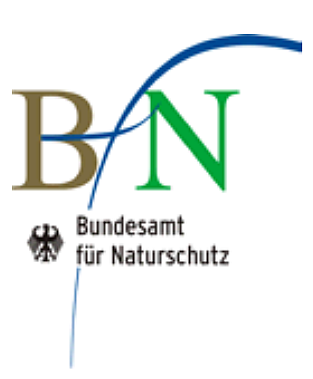Artsteckbrief

Aa
Höhere Pflanzen
Rechtlicher Status
| Regelwerk | Fußnoten | Name im Regelwerk |
|---|---|---|
| WA Washingtoner Artenschutzübereinkommen II | #4 All parts and derivatives, except: a) seeds (including seepods of Orchidaceae), spores and pollen (including pollinia). The exemption does not apply to seeds from Cactaceae spp. exported from Mexico, and to seeds from Beccariophoenix madagascariensis and Neodypsis decaryi exportet from Madagascar; b) seedling or tissue cultures obtained in vitro, in solid or liquid media, transported in sterile containers; c) cut flowers of artificially propagated plants; d) fruits and parts and derivatives thereof, of naturalized or artificially propagated plants of the genus Vanilla (Orchidaceae) and of the family Cactaceae; e) stems, flowers, and parts and derivatives therof, of naturalized or artificially propagated plants of the genera Opuntia subgenus Opuntia and Selenicereus (Cactaceae); and f) finished products of Euphorbia antisyphilitica packaged and ready for retail trade. | Orchidaceae spp. |
| WA Washingtoner Artenschutzübereinkommen II | 7+ Artificially propagated hybrids of the following genera are not subject to the provisions of the Convention, if conditions, as indicated under a) and b), are met : Cymbidium, Dendrobium, Phalaenopsis and Vanda: a) Specimens are readily recognizable as artificially propagated and do not show any signs of having been collected in the wild such as mechanical damage or strong deyhydration resulting from collection, irreular growth and heterogeneous size leg and shape within a taxon and shipment, algae or other epiphyllous organisms adhering to leaves, or damage by insects or other pests; and b) i) when shipped in non-flowering state, the specimens must be traded in shipments consisting of individual containers (such as cartons, boxes, crates or individual shelves of CC-containers) each containing 20 or more plants of the same hybrid; the plants within each container must be exhibit a high degree of uniformity and healthiness; and the shipment must be accompanied by documentation, such as an invoice, which clearly states the number of plants of each hybrid; or ii) when shipped in flowering state, with at least one fully open flower per specimen, no minimum number of specimens per shipment is required but specimens must be professionally processed for commercial retail sale, e.g. labelled with printed labels or packaged with printed packages indicating the name of the hybrid and the country of final processing. This should be clearly visible and allow easy verification. Plants not clearly qualifying for the exemption must be accompanied by appropriate CITES documents. | Orchidaceae spp. |
Historie:
| Unterschutzstellung | Datum | Bemerkung |
|---|---|---|
| Erstlistung seit | 20.06.76 | |
| Besonders geschützt nach BNatSchG seit | 31.08.80 | |
| Weitere Informationen zur Entwicklung der Historie der Regelwerke erhalten Sie hier | ||
Erläuterung zur Schutzhistorie:
Erläuterung zur Schutzhistorie:
"Erstlistung" bedeutet erstmaliger Schutz nach einem rechtlich bindenden Regelwerk (WA, EG-VO, BArtSchV, BNatSchG mit Verweis auf Anhang IV FFH, VSR).
"Höchstschutz" bedeutet frühester Zeitpunkt des Schutzes nach einem der drei Regelwerke (Anhang I WA, C Teil 1 der VO (EWG) Nr. 3626/82 bzw. nach Anhang A der VO (EG) Nr. 338/97) und dient zur Anwendung des Art. 8 Abs. 3 Buchstabe a) VO (EG) Nr. 338/97.
"Besonders geschützt nach BNatSchG" bedeutet seit wann eine Art nach nationalem Recht als "besonders geschützt" gilt.
"Erstlistung" bedeutet erstmaliger Schutz nach einem rechtlich bindenden Regelwerk (WA, EG-VO, BArtSchV, BNatSchG mit Verweis auf Anhang IV FFH, VSR).
"Höchstschutz" bedeutet frühester Zeitpunkt des Schutzes nach einem der drei Regelwerke (Anhang I WA, C Teil 1 der VO (EWG) Nr. 3626/82 bzw. nach Anhang A der VO (EG) Nr. 338/97) und dient zur Anwendung des Art. 8 Abs. 3 Buchstabe a) VO (EG) Nr. 338/97.
"Besonders geschützt nach BNatSchG" bedeutet seit wann eine Art nach nationalem Recht als "besonders geschützt" gilt.
Das Internetangebot WISIA-Online dient als Hilfsmittel zur Ermittlung des vom Gesetzgeber festgelegten Schutzumfangs; verbindlich sind im Zweifelsfall die betreffenden Gesetzestexte und ihre Anhänge!



